 Home
Home





Briefly, the garage is about 18x20”. If you have two large cars you want to work on at the same time, you really want something a little bigger. The problem is with the depth. If your car is about 15’ long you haven’t got much to play with!
Anyway, the garage was made using the Beamlock system which enables the frame of a timber garage to be put up very quickly on a concrete base. I used a pine frame (would have liked oak but it’s expensive!) The roof was Canadian Eastern red cedar and the cladding larch. The doors were larch made by a local firm. The interior is lined with 18 mm pine ply. I have built a mezzanine over half the garage for storage. I have left the other half open partly because it doesn’t look so claustrophobic and partly because I dreamed of a car lift. I shall probably have to extend the mezzanine in the end unless I can cure my hoarding problem!
Regarding the concrete base, something a bit smoother than what I ended up with would have been better. If the ridges are too high, using a crawler can be quite difficult. A nice bit of workshop flooring would solve the problem but it ain’t cheap!
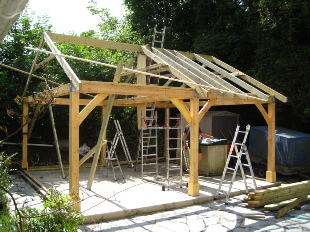
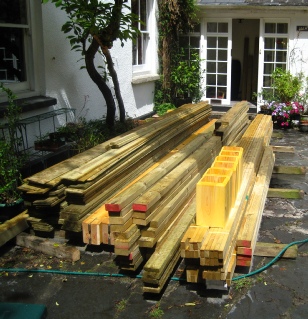
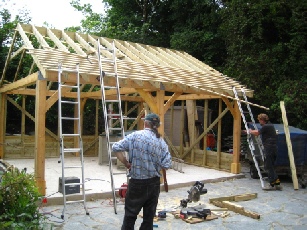

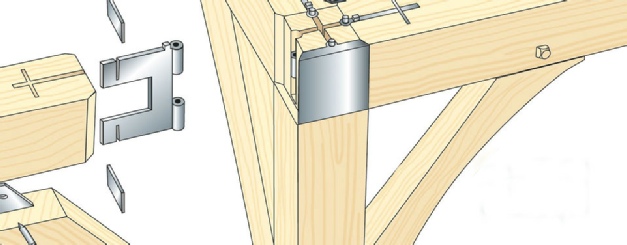
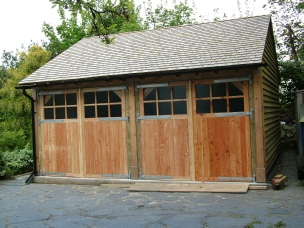
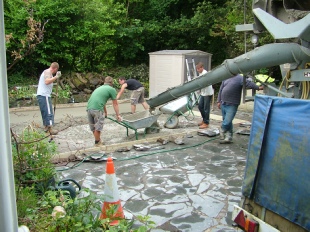
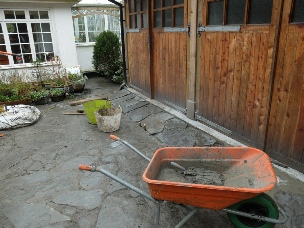
First get a base laid
Leaving out the frame, the doors, the shingles and internal fittings, this is the wood you need for the roof and sides.
Frame up, roof on the go
Battens going on the roof
Almost finished outside
Slate ramp being laid (much later!)
The Beamlock system makes it quite easy to assemble the frame in a day. After that it’s a lot slower!
More details about how we did it and the choices and compromises to be made on the following pages.
When we moved into our new house, I felt sure I had a garage even though it had been described as a “tractor shed”. (It had actually been used as a snooker room -
Then the 30x30’ got filled up with benches, a woodworking machine, miscellaneous junk (“materials”) and the Porsche 914 which was small enough to fit through the doorway.
A new garage was needed, so after ten or so years thinking about it (and saving up), I went ahead!
It probably cost about £10,000 and I can’t see how it could have been done for much less. I paid about £2000 for the base (which included demolishing the existing ramshackle car port thingy and removing 4” or so of the 8” of very hard concrete with pneumatic drills which lay under the crazy paving. The garage kit was about £6000, the doors about £700. I paid a friend to help me on and off for a couple of weeks and then the was stuff like 12 door hinges lots of 18mm ply for the lining and the mezzanine storage, lighting and power and all sorts of incidentals. Probably a bit more than £10,000 now I come to think about it!
Why a timber garage? It comes in a kit with instructions which is helpful to someone who hasn’t built a garage before. It looks nice (in my opinion -
The downside is fungal and insect attack but look at the wooden buildings which have lasted hundreds of years. With some maintenance this garage should last indefinitely.